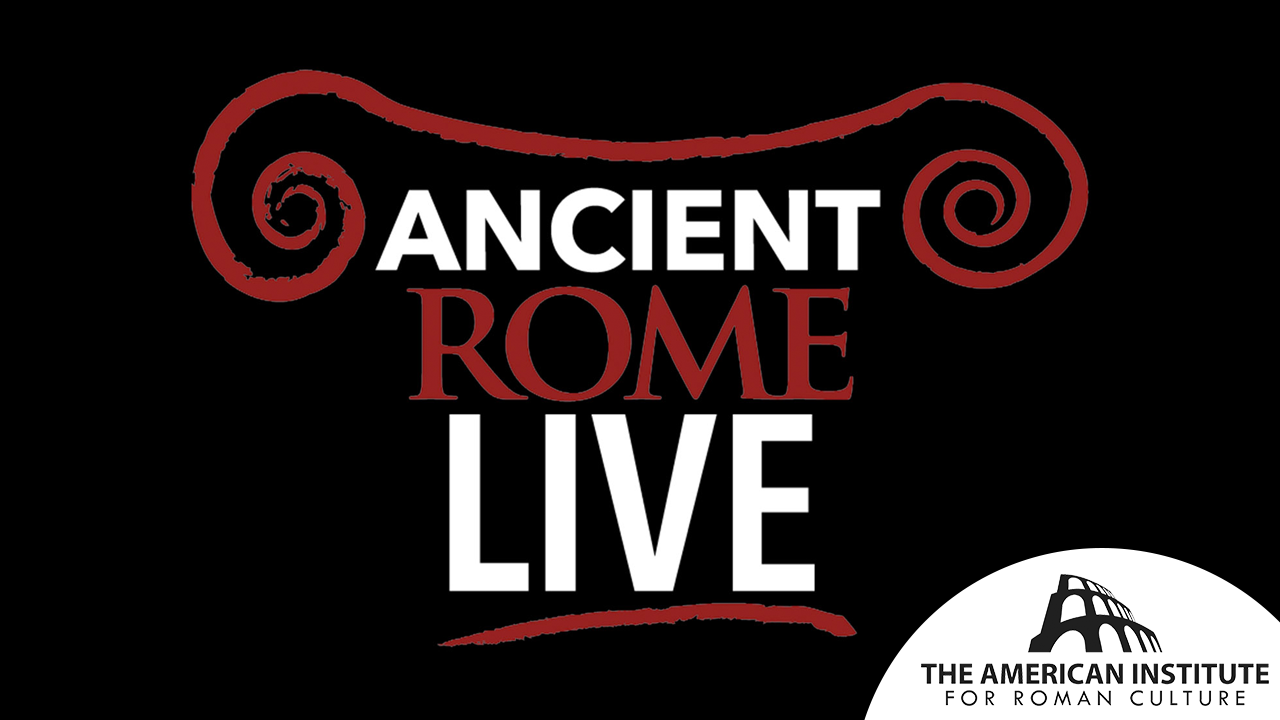The foundation of Ostia Antica dates back to the Regal Period, attributed to King Ancus Marcius. It is located on the coast of Rome, right where the mouth of Tiber River connects to the Tyrrhenian Sea. Initially, in the 7th century BC, Ostia provided access to the salt banks and a direct route to the Mediterranean Sea. The original constructions were actually military fortifications, called castrums. The layout of the castrums and its walls made of tufa blocks were preserved and later incorporated into the city, which is one of the reasons why Ostia Antica is such an important archeological park.
At the end of the Republic Period, Ostia faced a major development and grew into an important port city. Emperor Augustus and his right-hand man Agrippa were responsible for re-designing the area into a fully functional town. They built temples, monuments, public theaters, and most importantly: warehouses. The warehouses were essential to store all the goods and commodities (olive oil, grain and precious materials like marble and gold) that arrived from the sea trade and were later supplied to Rome.
The city of Ostia reached its peak during the Imperial Period, mostly thanks to the campaigns of Trajan and Hadrian. The constructions from this period are particularly impressive: monumental brick walls that were covered in frescoes and marble. At this point, Ostia had around 50.000 inhabitants and hosted a variety of economic and commercial activities.
The Harbour of Claudius was constructed in the 1st century AD to support the demand and facilitate the in-and-out traffic that passed through the Port of Ostia. The Harbour was located only 3km north of the mouth of the Tiber. Shortly after its completion, Emperor Trajan repurposed the already existing structures and added a hexagonal base that allowed more ships to dock. The Harbour of Trajan was so successful that, eventually, it took over the position of the primary access to the Tiber and into Rome. As a result of this replacement, Ostia began to decline.
As it stopped being an active commercial center, Ostia became a tranquil, “resort-like”, residential area for wealthy families. At the end of the 4th century, Ostia was a Christian city. A Constantinian Basilica was built and the Pagan temples were taken down. By the 5th century, there was very little community left in Ostia, mostly the people who worked in the ports. Gradually, the city is covered by sand dunes and abandoned.
The archeological site in the grandeur that we know today started to be slowly excavated in the 19th century, under the authority of the pope. In the 1930s, the excavations were intensified and accelerated by Mussolini, who was responsible for many modifications in Rome. Over the past 50 years, there have been further excavations done to better understand and bring to light the incredible history of Ostia Antica.
References
- COARELLI, FILIPPO, JAMES J. CLAUSS, DANIEL P. HARMON, J ANTHONY CLAUSS, and PIERRE A. MACKAY. Rome and Environs: An Archaeological Guide. 1st ed. University of California Press, 2014. – http://www.jstor.org/stable/10.1525/j.ctt5vk043.
- https://www.britannica.com/place/Ostia
- https://www.ostiaantica.beniculturali.it/en/archaeological-sites-and-monuments/imperial-harbours-of-claudius-and-trajan/
- https://www.turismoroma.it/it/luoghi/parco-archeologico-di-ostia-antica-0
This content is brought to you by The American Institute for Roman Culture, a 501(C)3 US Non-Profit Organization.
Please support our mission to aid learning and understanding of ancient Rome through free-to-access content by donating today.
Cite This Page
Cite this page as: Darius Arya, The American Institute for Roman Culture, “Ostia, Italy (Ostia Antica) – Chapter 1: An Introduction and Overview” Ancient Rome Live. Last modified 08/28/2020. https://ancientromelive.org/ostia-italy-ostia-antica-chapter-1-an-introduction-and-overview/
License
Created by The American Institute of Roman Culture, published on 08/28/2020 under the following license: Creative Commons: Attribution-NonCommercial-ShareAlike. This license lets others remix, tweak, and build upon this content non-commercially, as long as they credit the author and license their new creations under the identical terms. Please note that content linked from this page may have different licensing terms.




